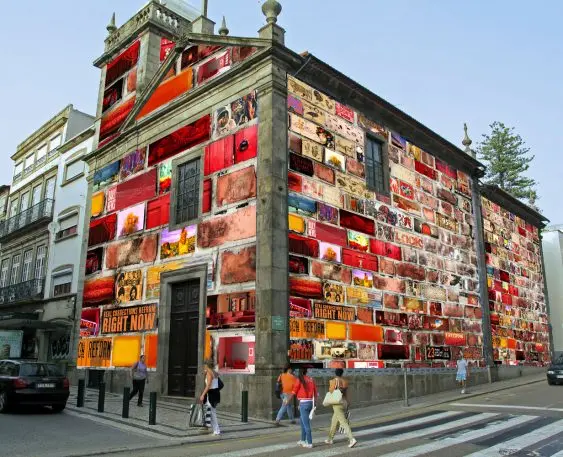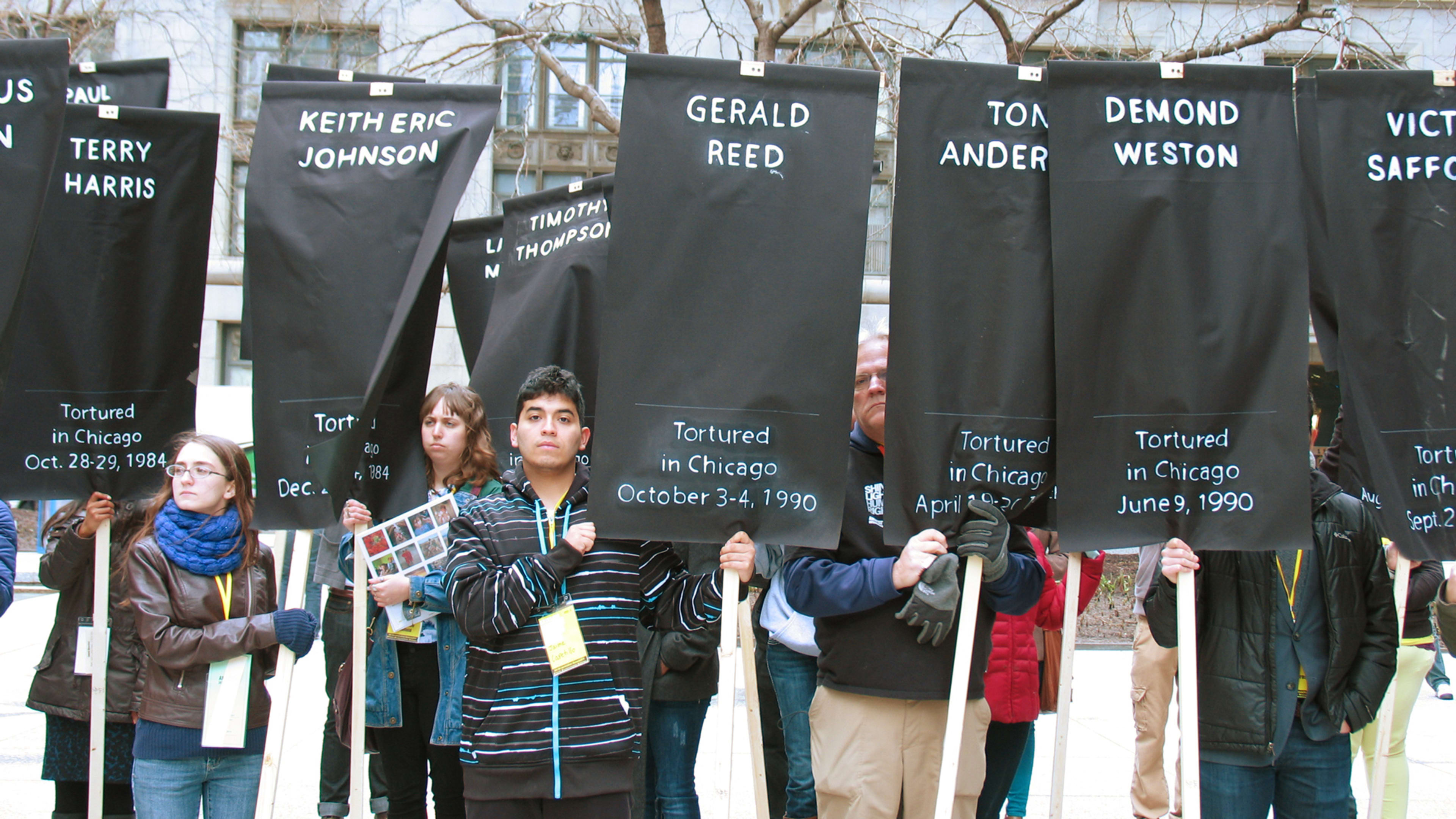In late June, Bay Area-based Five Keys Charter Schools launched the Self Determination Project, a program that turns buses into mobile classrooms to reach kids who might otherwise not get plugged into traditional schools for lack of transportation, a feeling that they don’t fit in, or because they’re afraid to cross blocks that act like borders in neighborhood gang territory.
To be a success, however, the mobile learning hubs needed to be not just transportable but also inspirational inside, so the kids want to be there. To that end, the prototype’s interior is sleek and contemporary, equipped with skylights, a boxy lounge, and plenty of clean, well-lit space for kids to access laptops, peruse an onboard library, and learn from a cast of traveling teachers.
The project’s originator, designer Deanna Van Buren, is the founder of FOURM, a studio that looks at infrastructure as a way to create “restorative justice”—a practice for rebuilding lives in ways that improve relationships with the people and communities they’ve impacted. Her initial concept, originally funded in 2015 through an $80,000 Artists as Activists Fellowship from the Robert Rauschenberg Foundation, has since attracted additional investment from social entrepreneurship funders like Echoing Green and Google.
In the philanthropy world, this is an example of arts and culture funding that does more than just raise awareness—it’s impact driven. Since 2015, the Rauschenberg Foundation has been awarding these kinds of two-year grants, offering up to $100,000 for artists or art collectives willing to get less abstract about their purpose. The idea is that creativity should somehow make real social change.

In July, the group announced its 2017 fellowship recipients, nine new projects will split $700,000 total. To maximize the impact even more, all are geared toward the central theme of alleviating the mass incarceration epidemic. More than 2.2 million people are currently incarcerated, a 500% increase over the last three decades that’s disproportionately African American and Hispanic. The judicial and correctional system as it currently works (or, rather, doesn’t) has become a quick, blunt, and often unfair tool that can destroy families and communities. That doesn’t even account for the lack of access to meaningful rehabilitation and release transition programs.
The Rauschenberg Foundation, which has and $85 million endowment, hopes its next set of fellows will create multimedia and performance work that spurs more organizing, policies, and practices to break that cycle. The funder honors the ideals of mixed-media artist Robert Rauschenberg, whose work often tackled societal issues around health, homelessness, race and the environment. He made the first Earth Day poster with proceeds benefiting an eco-action group in 1970. Today, the group works with the Sundance Institute on films about climate change, backs artists in places where free expression is sorely needed (not just New York and California), and hosts a residency program for its fellows in Florida.

The foundation has also greenlit a Utah-based filmmaker to do a documentary on incarcerated women fighting for their right to bear children, and a Philadelphia-based organizer to launch a pop-up exhibition and workshop involving former and currently incarcerated artists to humanize inmates and build more grassroots support for them in places where it may not exist. Another effort in Pennsylvania does something similar for immigrant families hurt by detention and deportation, and the broader Latino community, many of whom suffer abuse and are unfairly targeted. In Durham, North Carolina, an arts and community group called SpiritHouse is organizing public performance series and workshops to reimagine what a “harm free” criminal justice and public safety system might look like.
“[They’re] working to help their community imagine in very concrete, practical terms what alternative policing practices could look like in their specific local context,” Wilson adds about the SpiritHouse effort. “That might sound full on ludicrous but how do we get to alternative ways of being if we don’t have the capacity to step out of the known universe and envision something new. This is the precise role artists can play that other professions may struggle to do.”
Find out more about all the projects here.
Recognize your brand’s excellence by applying to this year’s Brands That Matter Awards before the early-rate deadline, May 3.
